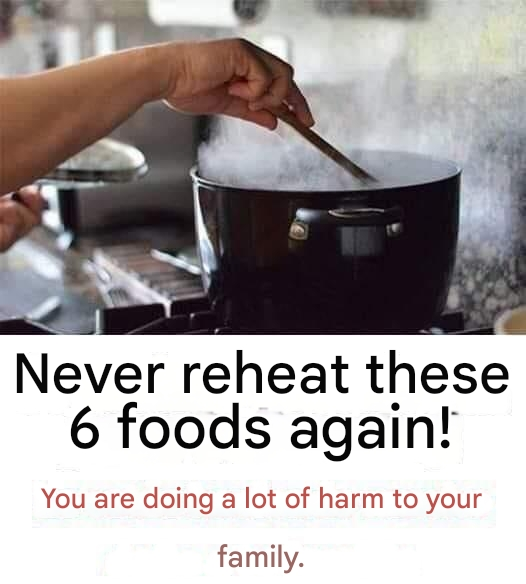ADVERTISEMENT
Tip: It is best to consume these vegetables fresh or avoid reheating them multiple times.
3. Chicken (Gallus gallus domesticus)
Chicken contains proteins that change their structure when reheated, which can make it more difficult to digest. In addition, chicken is prone to bacterial contamination, especially by Salmonella and Campylobacter. If it is not heated evenly, these bacteria can survive.
Tip: Stir chicken in the microwave to ensure it heats evenly and always check that the internal temperature is above 75°C.
4. Potatoes (Solanum tuberosum)
Cooked potatoes left to cool at room temperature can be dangerous, as Clostridium botulinum can grow and produce toxins that cause botulism, a serious illness affecting the nervous system. Reheating potatoes does not always eliminate this toxin.
Tip: Store cooked potatoes in the refrigerator and heat them in a pan or oven to ensure they heat evenly.
5. Fish (various species)
Reheating fish not only affects its texture and flavor, making it dry, but can also increase the risk of food poisoning if not stored properly. Bacteria such as Listeria monocytogenes can grow in improperly refrigerated fish.
Tip: Avoid reheating fish in the microwave. Use the oven or a frying pan for more even heating.
6. Eggs (Gallus gallus domesticus)
Cooked eggs can be dangerous when reheated, as their proteins can become toxic and cause digestive problems. Also, microwaving can create a buildup of steam inside the egg, which could cause it to explode if not handled properly.
Tip: Reheat eggs in a frying pan and over low heat to avoid accidents and health problems.
7. Mushrooms (Agaricus bisporus and other species)
Cooked mushrooms are another food that can be dangerous when reheated. The proteins in mushrooms can break down quickly if left at room temperature, which not only affects their flavor but can also cause digestive problems, such as stomach pain or bloating. Also, if not refrigerated properly, they can grow bacteria.
Tip: Refrigerate cooked mushrooms as soon as possible and if you decide to reheat them, do so at a low, consistent temperature to avoid problems.
continued on next page
